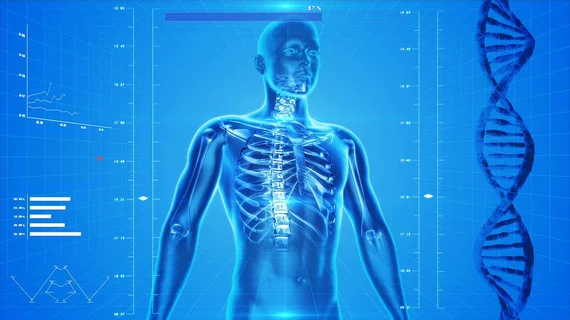Novel camera images objects around corners, behind barriers
Electrical engineers and computer scientists have prototyped a holographic camera that can reveal structures concealed by obstructions. Potential medical applications include brains inside heads and hearts within chests.
The work is described in a study published by Nature Communications.
Florian Willomitzer, PhD, of Northwestern University in Illinois and colleagues explain how their system, called synthetic wavelength holography (SWH), records obstructed areas of interest in 46 microseconds or less by monitoring the return of scattered light in a tiny probe area (6 x 6 centimeters).
The innovative technique improves on previous work in the field, the authors point out.
Their SWH system’s “unique combination of attributes opens up a plethora of new non-line-of-sight imaging applications ranging from medical imaging and forensics to early-warning navigation systems and reconnaissance,” Willomitzer and co-authors write.
More:
A small probing area potentially allows for inline defect detection and inspection in heavy machinery such as running turbines, as well as endoscopic and keyhole imaging applications. … High spatial resolution could potentially enable the noninvasive imaging of blood vessels through the skull. High temporal resolution could help in resolving motion of obscured objects such as sensing cardiac arrhythmias through the chest.”
In coverage of the project by Northwestern’s news operation, Willomitzer says he expects the breakthrough to eventually “usher in a new wave” of wide and varied imaging applications.
“Our current sensor prototypes use visible or infrared light, but the principle is universal and could be extended to other wavelengths,” he says. “For example, the same method could be applied to radio waves for space exploration or underwater acoustic imaging. It can be applied to many areas, and we have only scratched the surface.”

